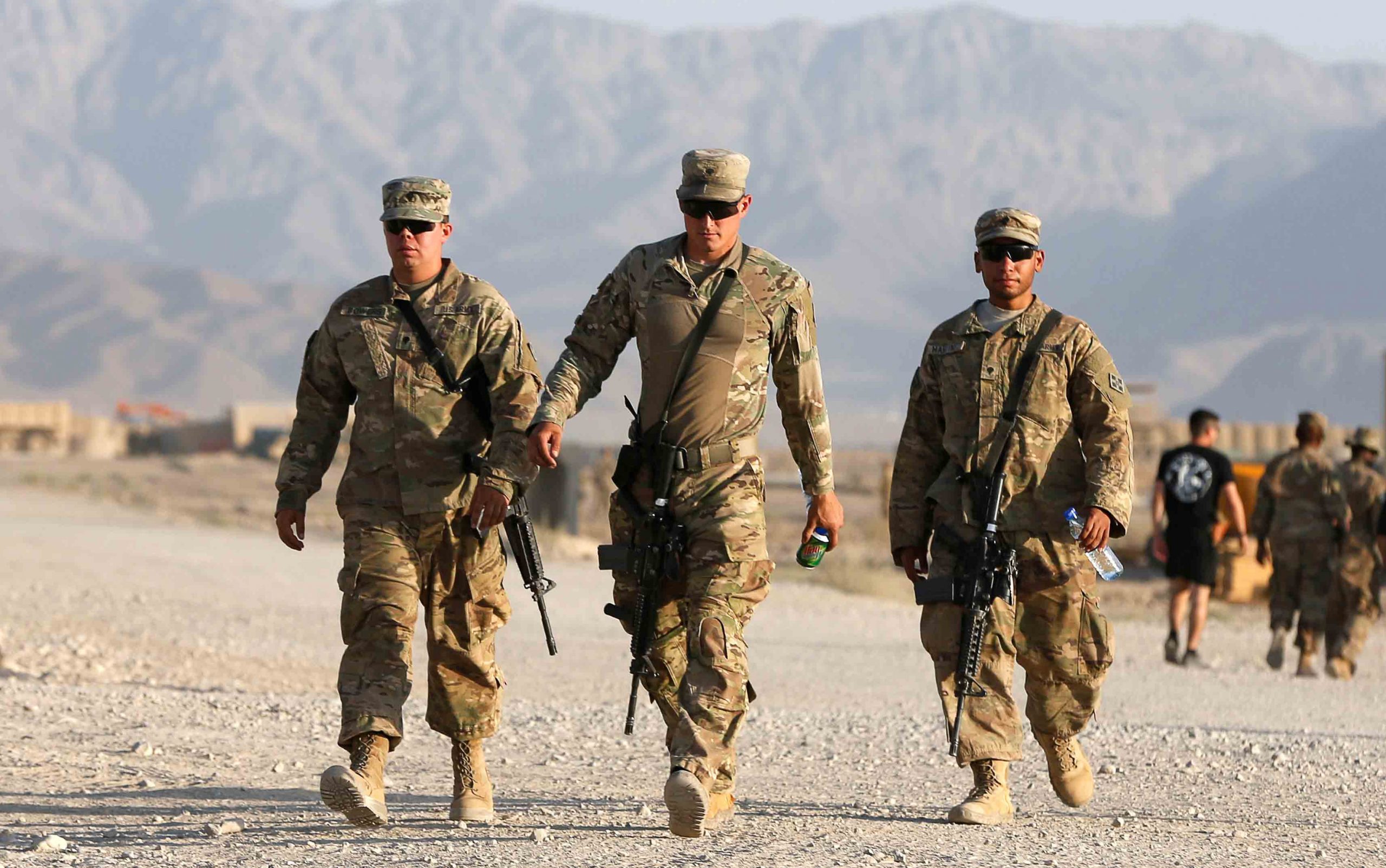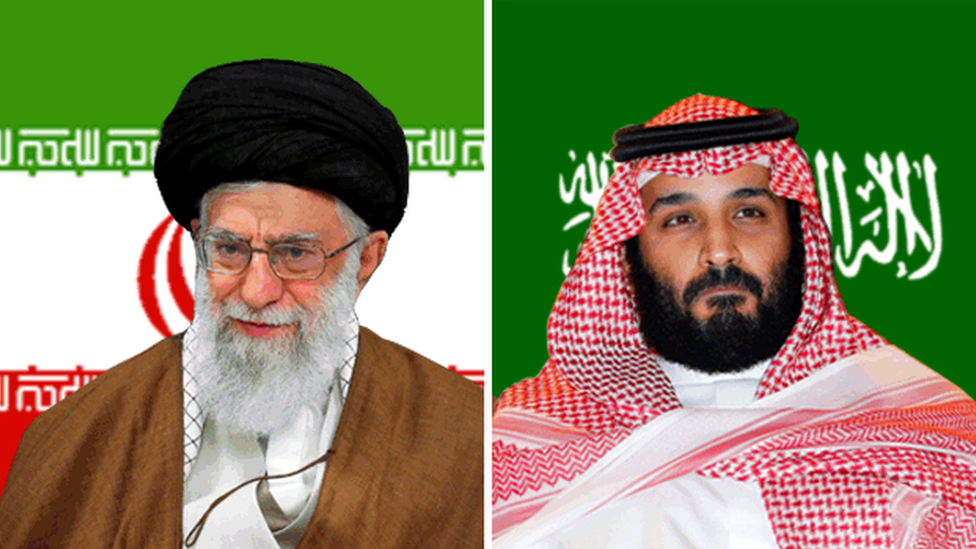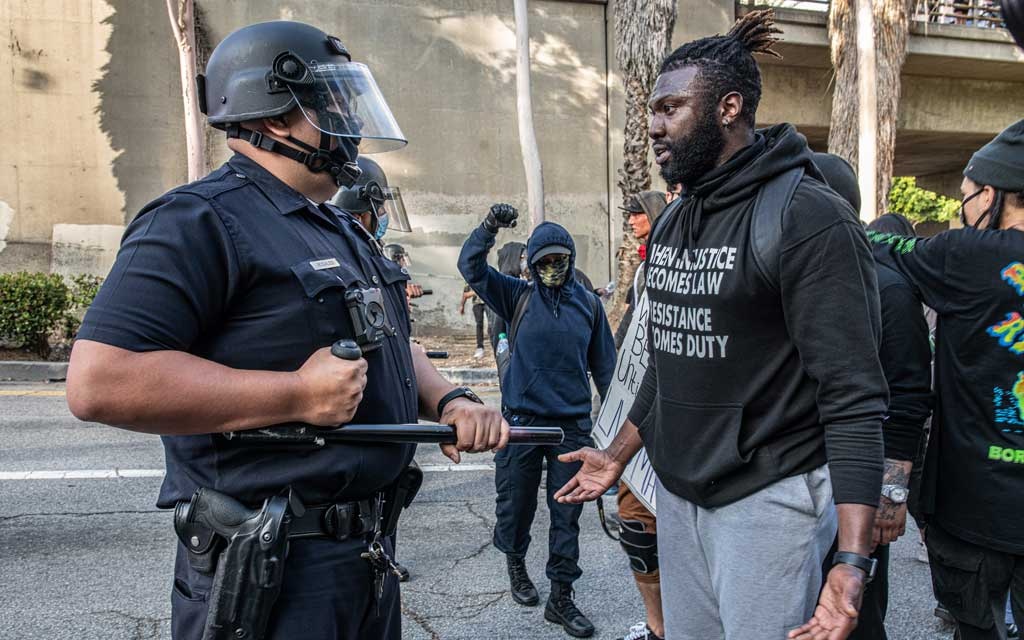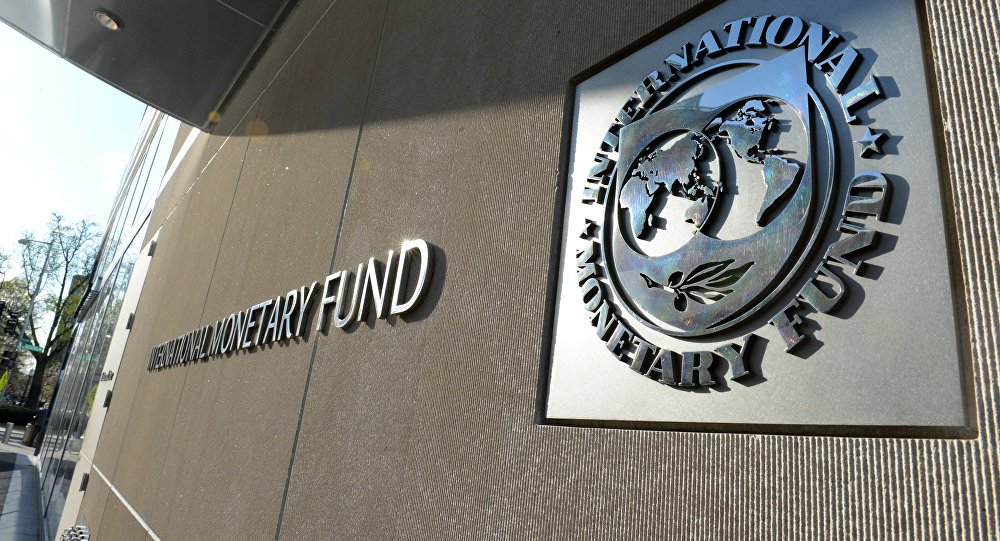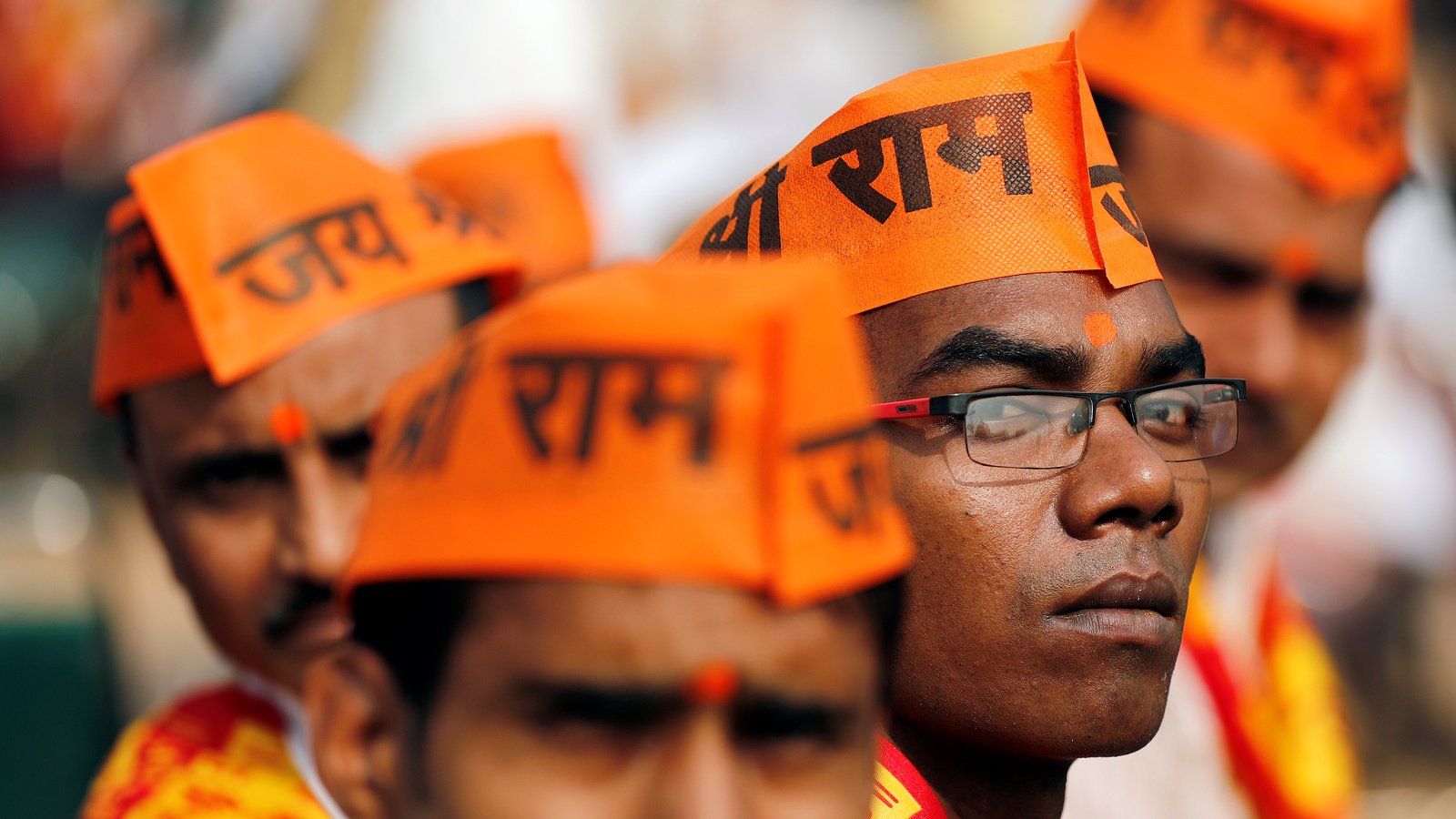The United States had reduced its forces in Afghanistan to 8,600, Marine General Frank McKenzie reported on June 18. The significant draw-down of military forces comes as part of a US-Taliban agreement signed in February that intends to reduce US involvement in the country. The deal requires a full withdrawal of US military forces by May 2021 as the Afghan government negotiates its own agreement with the Taliban.
Barriers to peace
“The war has no winner. All of us are losers in a war. The winner of peace will be the people of Afghanistan and our neighbors,” Afghan President Ashraf Ghani told the Atlantic Council on June 11 as the conflict Afghanistan enters a new phase. But questions remain over the potential success of negotiations between Taliban and the government, which is losing power because of the US withdrawal and cuts of roughly $1 billion in US support.
“Devastated and ravaged by war, Afghanistan has continually suffered due to weak political dispensations and inadequate state resources, mainly due to infighting among the rulers of Afghanistan,” Ghani told the Atlantic Council.
Conditions
While the US has now met its conditions of the agreement, the Afghan government’s reluctance to release the “most dangerous” Taliban prisoners has received support from the government’s western partners, potentially endangering future peace talks. “There are some dangerous Taliban fighters named in the list, and releasing them is literally crossing a red line,” a senior European diplomat told Reuters.
Large-scale prisoner releases were part of the US-Taliban agreement, but many fear they endanger the balance of power between the government and the Taliban. While many prisoners have already been released, those involved in organizing suicide attacks on civilians remain in Afghani prisons.
Disagreement
“The United States continues to be encouraged by the great progress on prisoners release by both sides. We support additional releases by both sides to get the issue off the table,” a spokesman of the US military said. Taliban spokesman Zabihullah Mujahid agreed as the Taliban continues to insist all 5,000 prisoners are released before peace talks can commence.
The Taliban says their list of 5,000 prisoners to be released as part of the agreement include no high-profile fighters involved in attacks, disputing government and NATO claims. “There are no such people, these are just excuses to create barriers against the peace process,” Mujahid told Reuters.
The US appears confident that the Taliban will no longer pose the threat to the US that led to the 2001 invasion of the country. “Conditions would have to be met that satisfy us — that attacks against our homeland are not going to be generated from Afghanistan,” General McKenzie stressed.

